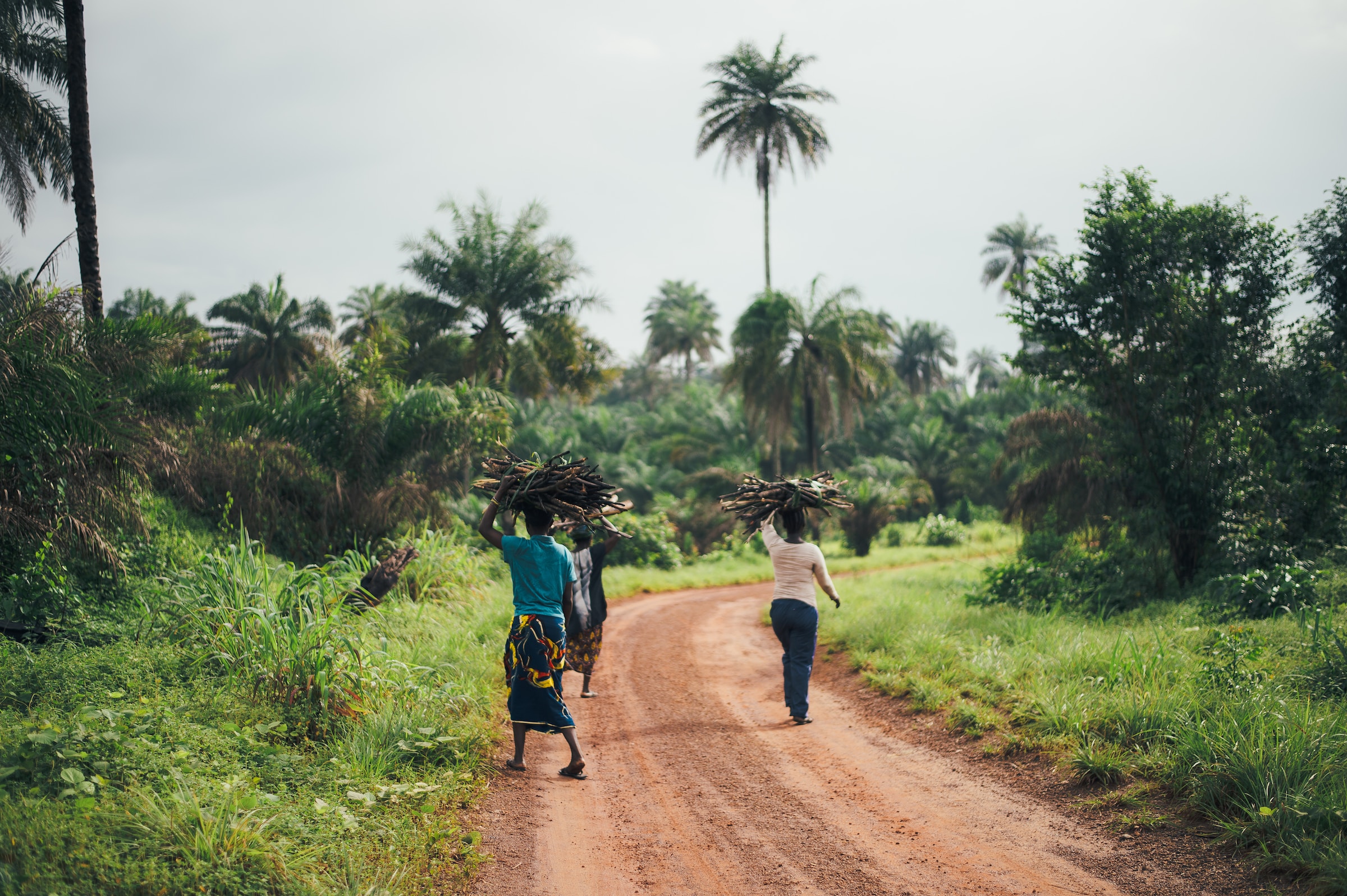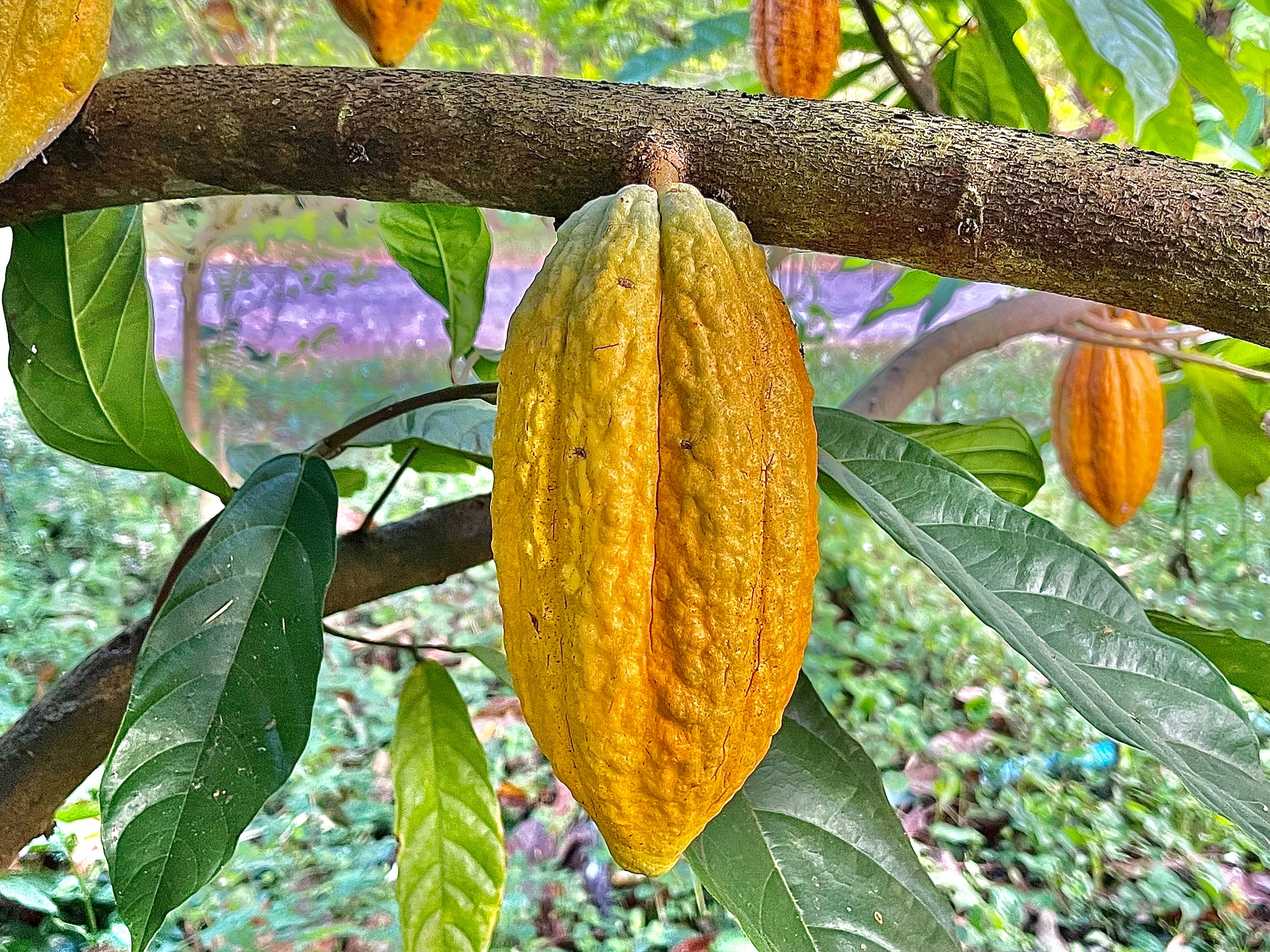As the world continues to grapple with the consequences of climate change, one industry stands at a precipice: cocoa production. The threat is palpable, with cocoa crops hanging in the balance due to extreme weather events brought about by the El Nino phenomenon.
Understanding the Climate-Cocoa Conundrum
Cocoa, an essential ingredient for everything from confectioneries to cosmetics, is under siege. But it's not just pests or diseases causing the upheaval. The main culprit is our changing climate, with El Nino amplifying the effects. The recent data from the El Nino-Southern Oscillation Outlook paints a grim picture: a prolonged and intensified El Nino is on the horizon, and this spells trouble for the cocoa-producing regions of the world.
West Africa at the Eye of the Storm
The impact is most profound in West Africa, home to three-quarters of the world's cocoa production. Drier conditions, a direct outcome of the El Nino effect, are wreaking havoc in regions like Cote d'Ivoire and Ghana. These nations collectively contribute to a staggering 58% of global cocoa output. And with weather patterns going haywire, their legacy as top cocoa producers is under threat.

The Financial Aftershocks
Beyond the physical threat to cocoa crops, there's an economic ripple effect. El Nino, combined with the broader challenges of climate change, could devastate nations whose economies lean heavily on cocoa. With cocoa profits constituting a significant chunk of income for many producers, any disruption in production could be catastrophic.
Prices have already started reflecting the strain, with cocoa futures witnessing a marked spike. Current prices are the highest they've been in half a century, indicating a turbulent market.
The High Grounds of Hope
With low-lying areas becoming increasingly inhospitable for cacao cultivation, a possible solution lies in elevation. As the apt altitude for growing cacao ascends, it might compel farmers to seek higher grounds. This adaptive measure, while seemingly logical, is rife with challenges. The feasibility of shifting entire plantations, the socio-economic implications for communities, and the potential loss of indigenous farming techniques are just a few considerations.

We need to find a way out of the situation
In Search of Solutions: Adaptation and Beyond
Facing this daunting challenge requires a two-pronged approach: adaptation and mitigation. While adaptation focuses on making necessary changes to minimize damage, mitigation aims to reduce the greenhouse gas emissions exacerbating the problem.
Yet, as experts point out, there's a gaping chasm between what's needed and what's being done. Investments in adaptive and mitigative measures are woefully inadequate. The numbers are staggering: up to $8.1 trillion is needed over time to combat the threat effectively.
The Way Forward: A Collaborative Effort
Tackling this monumental challenge requires a concerted effort. While nations and international bodies must lead the charge, the private sector can play a pivotal role. By investing in sustainable cocoa cultivation, developing innovative farming techniques, and supporting community initiatives, businesses can make a tangible difference.
Furthermore, non-profit organizations are already spearheading projects to help cocoa farmers adapt to the changing climate. By offering training, resources, and financial aid, they're ensuring that farmers aren't left to fend for themselves in these testing times.
Conclusion
As the world stands at this climatic crossroad, the future of cocoa production hangs in the balance. Whether it's the allure of a chocolate bar or the economic backbone of nations, the stakes are undeniably high. Addressing the issue requires global collaboration, significant financial investments, and a shared commitment to preserving the future of cocoa. The clock is ticking, and the time to act is now.
©GlobalCO2.uk





